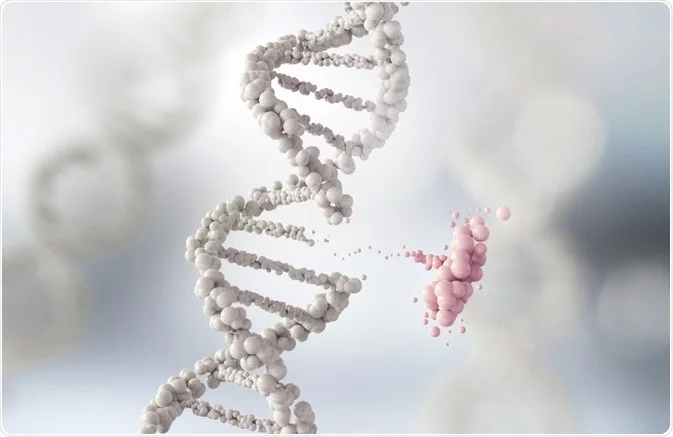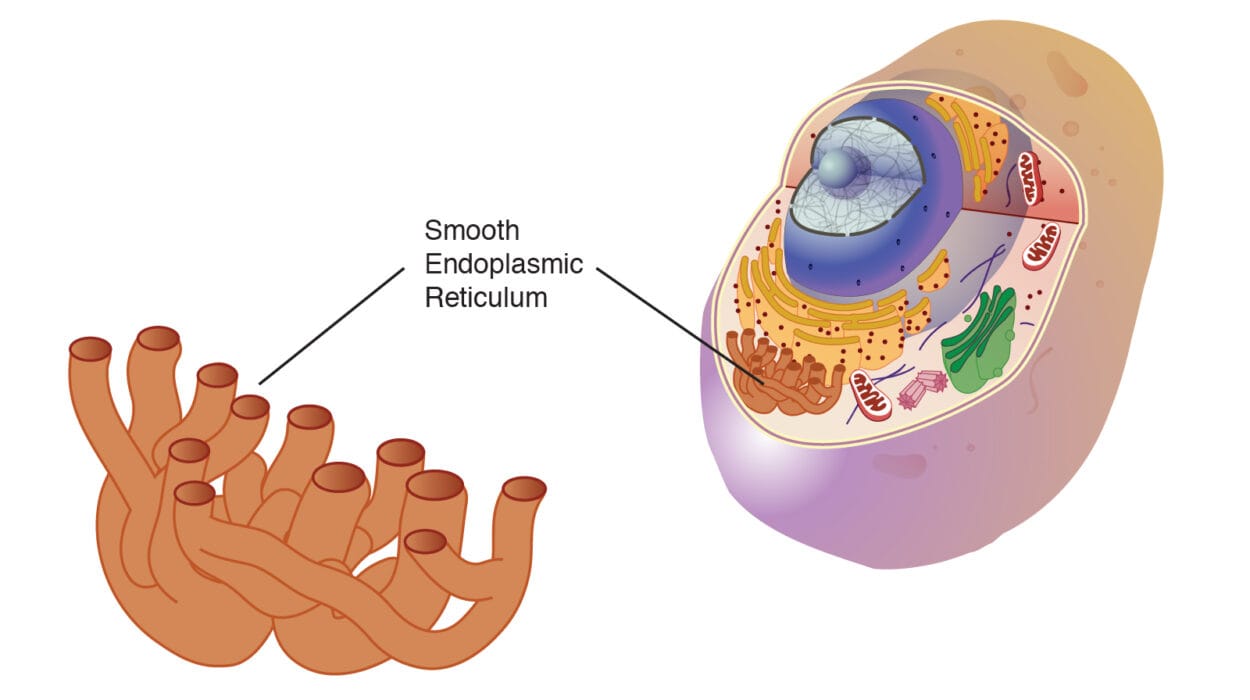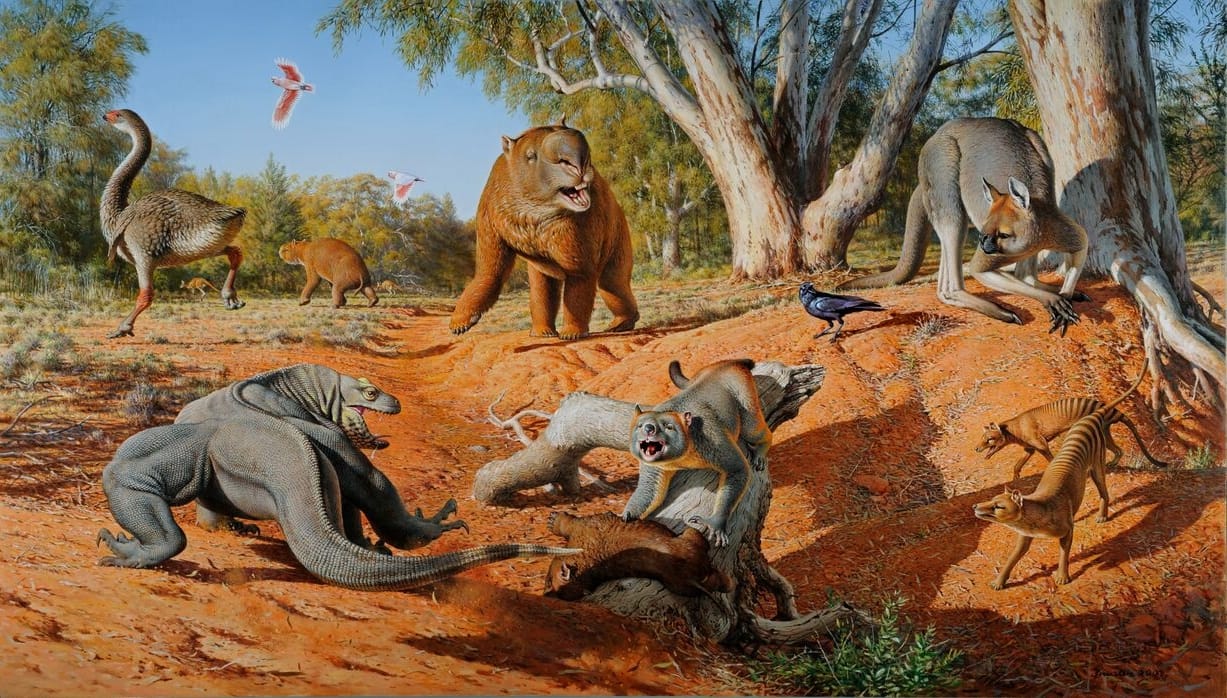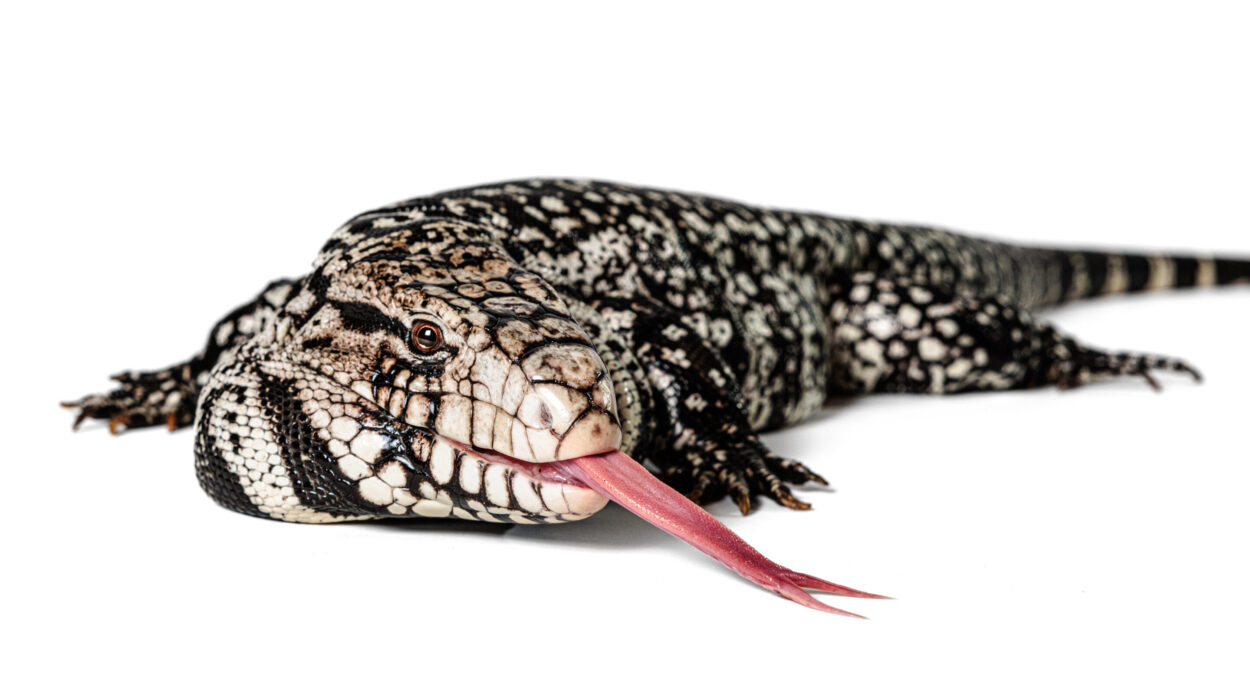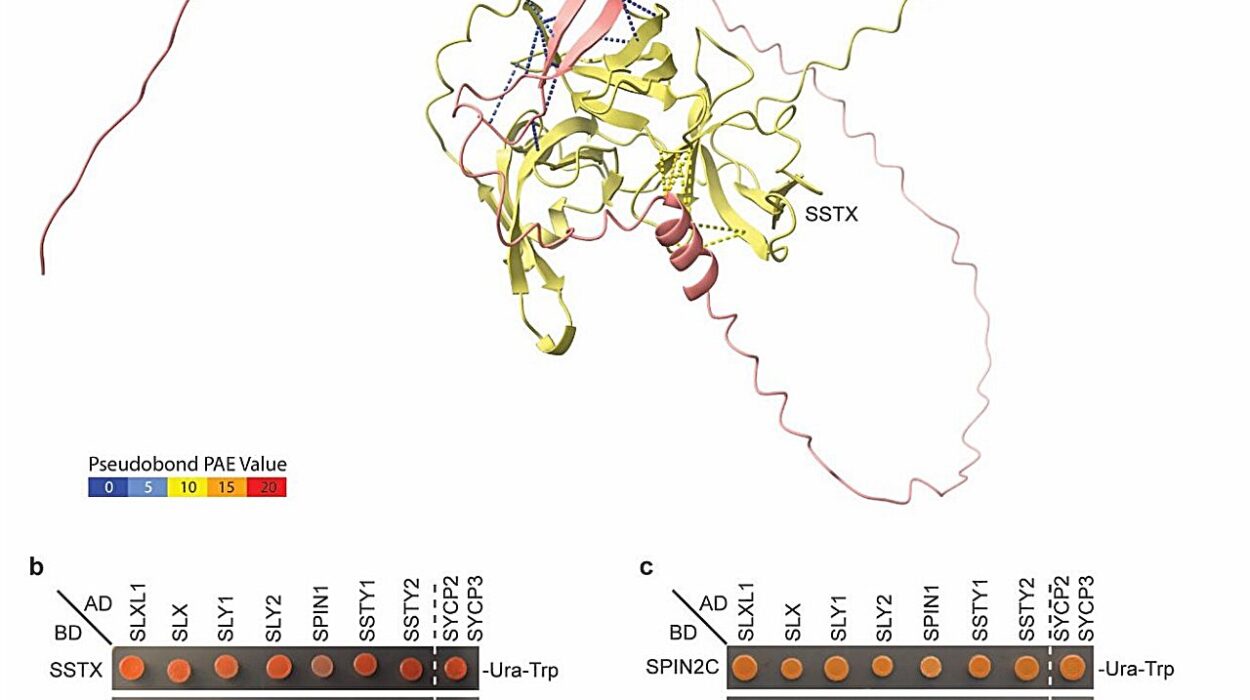Imagine holding an instruction manual that tells every living organism how to grow, function, and survive. This manual exists—it’s written in the language of DNA. Now imagine having the tools to edit that manual, changing specific instructions to alter life itself. This is the essence of genetic engineering: the science of rewriting the genetic code.
Once the stuff of science fiction, genetic engineering is now one of the most powerful tools in modern biology. From curing diseases to growing pest-resistant crops and even reviving extinct species, it has opened doors that were previously sealed by the limits of nature. But what exactly is genetic engineering? How does it work? What can it do, and what risks does it pose? Let’s dive deep into this captivating world where biology meets biotechnology, and humans become the authors of life.
The Blueprint of Life: Understanding DNA
Before delving into the engineering part, we need to understand what we’re working with. At the heart of genetic engineering lies DNA—deoxyribonucleic acid—the molecule that stores all the information necessary to build and maintain a living organism.
DNA is composed of four chemical bases—adenine (A), thymine (T), cytosine (C), and guanine (G)—arranged in a double helix structure. These bases pair in specific ways (A with T, C with G), forming long sequences that act like instructions. A segment of DNA that carries the code for a specific protein is called a gene.
Genes determine traits: eye color, blood type, enzyme production, susceptibility to certain diseases, and much more. Genetic engineering is the process of altering these genes—either by adding new ones, silencing existing ones, or editing them—to change the traits they produce.
A Brief History: From Curiosity to Capability
The story of genetic engineering begins in the mid-20th century with the discovery of the DNA double helix in 1953 by James Watson and Francis Crick. This breakthrough laid the foundation for molecular biology, allowing scientists to understand how genetic information is stored and replicated.
In the 1970s, researchers developed recombinant DNA technology—the ability to cut and paste pieces of DNA from different organisms. This was the birth of genetic engineering as we know it. In 1973, the first genetically modified organism (GMO)—a bacterium engineered to resist antibiotics—was created by Herbert Boyer and Stanley Cohen.
The first genetically engineered drug, synthetic human insulin, entered the market in 1982. Produced by bacteria modified to carry the human insulin gene, it revolutionized diabetes treatment. Since then, genetic engineering has exploded across fields—from agriculture and medicine to industry and environmental science.
The Toolkit of Genetic Engineers
So how do scientists actually alter genes? The process involves several sophisticated tools and techniques, many borrowed from nature itself.
One of the earliest tools was the use of restriction enzymes—proteins that cut DNA at specific sequences. These molecular scissors allowed scientists to splice genes from one organism and insert them into another. Plasmids, circular DNA found in bacteria, were often used as carriers or “vectors” to transfer genes.
A more recent and revolutionary tool is CRISPR-Cas9. Discovered in bacteria as part of their immune system, CRISPR allows for highly precise and targeted gene editing. Scientists can program CRISPR to find a specific sequence in DNA and cut it, allowing for the insertion, deletion, or correction of genetic material. It’s faster, cheaper, and more accurate than earlier methods, making it the gold standard for genetic engineering today.
Other techniques include gene silencing through RNA interference (RNAi), gene drives for spreading traits through populations, and synthetic biology, which involves designing entirely new genetic sequences.
Engineering Life: From Bacteria to Mammals
Genetic engineering isn’t limited to microbes. It spans all forms of life. In fact, some of the most dramatic applications are in animals and plants.
In agriculture, crops like corn, soybeans, and cotton have been genetically engineered to resist pests, tolerate herbicides, and increase yields. These GMOs have transformed global farming, reducing the need for chemical pesticides and improving food security.
In animals, genetic engineering has produced goats that produce spider silk proteins in their milk, cows that are resistant to disease, and pigs with organs more compatible for human transplants. One of the most famous examples is the GloFish—a genetically modified zebrafish that glows under ultraviolet light, originally created for pollution detection and now sold as pets.
In humans, the stakes are even higher. Gene therapy—the use of genetic engineering to treat diseases—is one of the most promising frontiers. Scientists are working to correct genetic defects that cause conditions like sickle cell anemia, muscular dystrophy, and certain types of blindness. In 2017, a child with a rare genetic skin disease was saved by replacing nearly 80% of his skin with genetically modified grafts—a real-life miracle of modern medicine.
The Promise of CRISPR: A Genetic Scalpel
No discussion of modern genetic engineering is complete without CRISPR. Short for “Clustered Regularly Interspaced Short Palindromic Repeats,” CRISPR has transformed biology the way the microscope once did.
What makes CRISPR so revolutionary is its simplicity and precision. Scientists can design a guide RNA to target a specific gene and use the Cas9 enzyme to snip the DNA at that location. The cell’s natural repair mechanisms then kick in, allowing researchers to delete faulty genes or insert new ones.
CRISPR has already been used to edit human embryos (controversially), cure genetic diseases in animals, and create crops that survive climate change. In 2020, the Nobel Prize in Chemistry was awarded to Jennifer Doudna and Emmanuelle Charpentier for developing the CRISPR-Cas9 method.
The potential is immense. Someday, CRISPR could eliminate hereditary diseases, slow aging, and even enhance human abilities. But with great power comes great responsibility—and controversy.
Ethical Frontiers: Should We Edit Humans?
As with all powerful technologies, genetic engineering raises ethical questions—especially when it comes to editing human DNA.
One of the most contentious issues is germline editing—changing the genes in sperm, eggs, or embryos in a way that passes down to future generations. In 2018, Chinese scientist He Jiankui stunned the world by announcing the birth of twin girls whose genomes he had edited to resist HIV. The experiment was widely condemned as premature and unethical.
The debate touches on deep philosophical questions. Should we allow “designer babies”? Could editing out disease genes also lead to editing traits like intelligence or appearance? Will genetic enhancement widen social inequality, creating a class of genetically privileged individuals?
Many scientists and ethicists call for caution. Some countries have banned human germline editing, while others are developing strict guidelines. The line between therapy and enhancement is thin, and the societal impacts of genetic engineering may be as profound as its scientific ones.
Beyond Health: Environmental and Industrial Applications
Genetic engineering isn’t just for humans or food. It has remarkable applications in environmental conservation and industrial innovation.
Bioengineered microbes can clean up oil spills, digest plastic waste, or convert biomass into biofuels. Genetic engineering is being used to create algae that produce hydrogen fuel and yeast that synthesize rare pharmaceutical compounds.
In conservation, scientists are exploring ways to protect endangered species. Genetic techniques can increase genetic diversity in small populations or resurrect extinct species through a process called de-extinction. The woolly mammoth, for instance, may one day roam again—thanks to gene editing.
Mosquitoes engineered to suppress malaria transmission, coral modified to withstand ocean warming, and trees engineered to capture more carbon are just a few examples of how genetic tools might help combat the planet’s environmental crises.
Risks, Unknowns, and the Importance of Regulation
For all its promise, genetic engineering is not without risks. Introducing new genes into organisms can have unintended consequences—ecological disruptions, unforeseen health effects, or the creation of new allergens. Engineered traits could spread in the wild in unpredictable ways, especially with technologies like gene drives.
There are also social risks: loss of biodiversity, corporate control over genetic resources, and widening gaps between nations that can and cannot afford to use these technologies.
That’s why regulation and oversight are critical. Governments and international bodies must balance innovation with safety, ensuring that genetic engineering is used responsibly. Public engagement and transparency are essential. The science is too powerful—and the consequences too great—for decisions to be made in isolation.
The Democratization of Genetic Engineering
One of the most surprising trends in recent years is the rise of do-it-yourself (DIY) biology. Kits for basic gene editing, including CRISPR, are now available to the public. Biohacking communities have emerged, with citizen scientists experimenting in home labs.
This democratization of biotechnology offers exciting possibilities for innovation outside traditional institutions. But it also raises concerns about safety and ethics. The line between creativity and recklessness can be thin when powerful tools are in many hands.
Still, the DIY movement reflects a broader truth: genetic engineering is no longer the domain of a few elite labs. It is becoming a mainstream technology—accessible, impactful, and transformative.
The Future: What Comes Next?
So where is genetic engineering heading? The possibilities seem endless. We may soon see routine genetic therapies for cancer, vaccines made in edible plants, lab-grown organs, and personalized medicine tailored to your unique genome.
Agriculture could be revolutionized with crops that fix their own nitrogen, resist extreme weather, and feed a growing global population. Conservation efforts may use genetic tools to preserve ecosystems, combat invasive species, and adapt to climate change.
On a more speculative front, synthetic biology could allow us to create entirely new life forms—organisms with custom-built genomes designed for specific purposes. Genetic engineering may even play a role in space exploration, enabling life to survive on Mars or generate oxygen and food in extraterrestrial environments.
But perhaps the most profound change will be in our relationship with life itself. As we gain the ability to rewrite the code of biology, we are forced to reconsider what it means to be natural, what it means to evolve, and what responsibilities come with such power.
